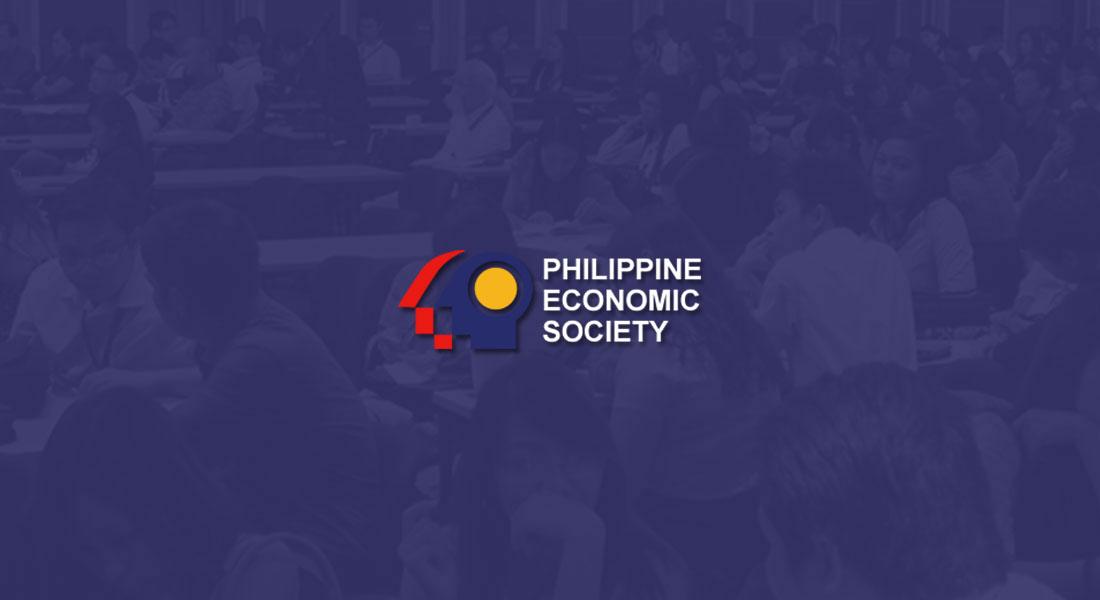
Poverty and hunger, even though related, have had different historical trends in the Philippines.
Since 1983, there have been 124 SWS national surveys of Self-Rated Poverty (SRP) among households; they have been quarterly since 1992. SRP has trended generally downward, along a very rocky road. From a peak of 74 percent in 1985, it subsided to the low 40s this year (“The full poverty picture,” Opinion, 10/26/19).
Since 1998, on the other hand, there have been 83 SWS quarterly national surveys of involuntary hunger as experienced by households. For a few years, hunger fluctuated between 7 and 11 percent. Then it steadily rose, became consistently double-digit by 2004, and reached a very alarming hump of over 20 percent in 2009-14, before starting to decline in 2015 (“The SWS history of hunger,” 8/24/19). Thus, during 2004-14, poverty was falling, but hunger was rising. It is only recently that poverty and hunger have been falling together.
Thankfully, the latest incidence of hunger is single-digit again (see “Third Quarter 2019 Social Weather Survey: Total Hunger subsides to 9.1%,” www.sws.org.ph, 10/23/19). But it still has not equaled the “good years” of 1999, when it averaged 8.3 percent, and 2003, when it averaged 7.0 percent.
The geographical distribution of hunger is different from that of poverty. In September 2019 it was highest in Mindanao (11.9 percent), followed by the Visayas (8.7), the National Capital Region (8.3) and the Balance of Luzon (8.1).
NCR, though usually the area with the least poverty, has been the area with the most hunger a number of times. (The terms “least” and “most” refer to proportions, not absolute numbers.) For example, in 2018 as a whole, the average quarterly hungry percentage was 13.7 in NCR, 11.3 in Mindanao, 10.2 in Balance Luzon, and 9.4 in the Visayas.
There is much to learn from regularly asking about both the poverty and hunger of a household in every survey. Poverty and hunger are different experiences; they are related, but not in fixed proportions to each other. The hunger rate can change over time; so can the poverty incidence. There are also some hungry households among the nonpoor; but their proportion is always less than among the poor.
“Food-poverty” means regarding one’s food as mahirap, in terms of quality and/or quantity; it is not the same as experiencing hunger. Of course, there is always more hunger among the food-poor than among the simple-poor.
As with poverty, the strongest correlate with household hunger is the educational level of the household head. In September 2019, those that experienced hunger were 3.5 percent if headed by college graduates, 5.1 percent if headed by senior high school (HS) graduates, 6.2 percent if headed by junior HS graduates, 12.1 percent if headed by HS dropouts, and 15.6 percent if headed by elementary dropouts.
Almost half of all Filipino household heads have not completed junior high school. Universal basic education is necessary, for poverty and hunger to be eradicated.
The Philippine Economic Society’s annual conference, on the theme “Rethinking Development Strategies: Integrating Technology, Promoting Competitiveness, Reinvigorating Industries,” is on Thursday, 11/7/2019, at Novotel Manila, Araneta Center, Quezon City. One of the papers is my “The economic well-being of the Filipino people: three decades of survey history.” For information and registration, go to: 57th Annual Meeting and Conference
 Philippine Economic Society (PES)
Philippine Economic Society (PES)